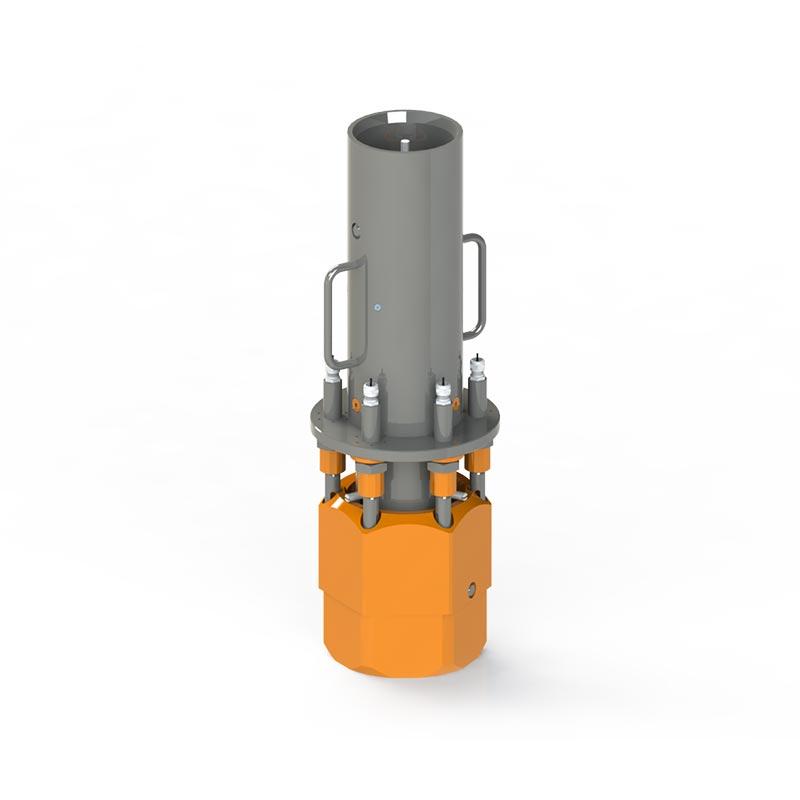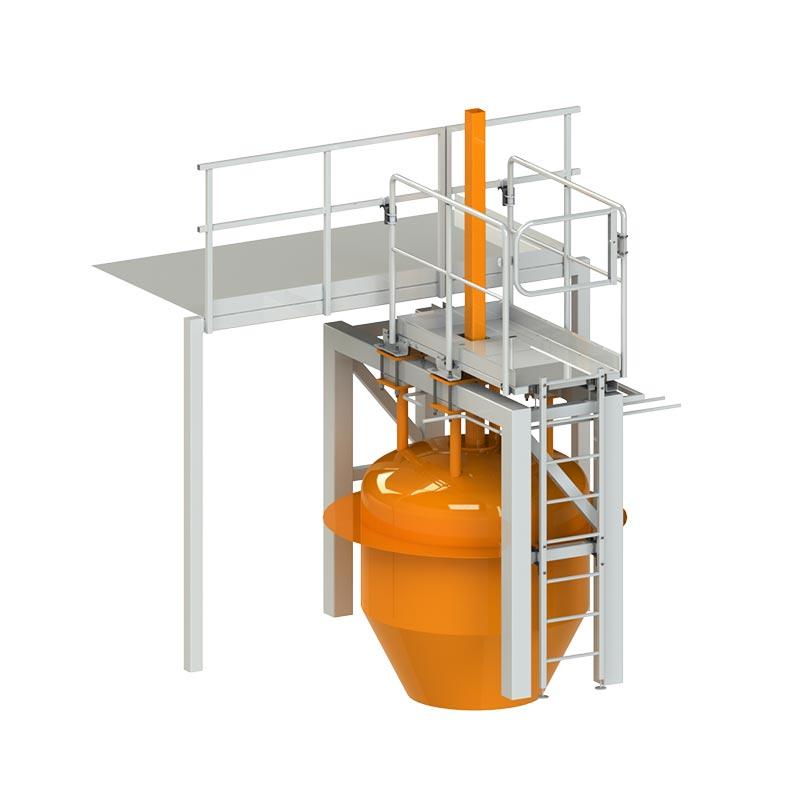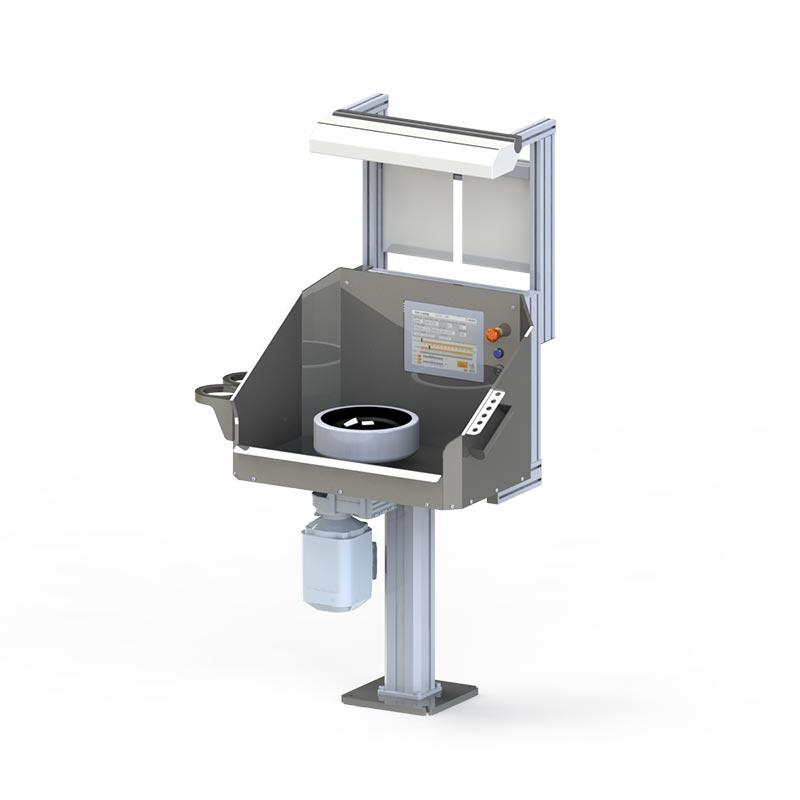When selecting industrial maintenance tools, it is worth considering the whole picture rather than just the purchase price. The right tools reduce downtime, extend equipment life and improve safety. A cost-effective choice is based on a careful assessment of quality, lifetime, serviceability and intended use. Efficient tools often pay for themselves in increased productivity and reduced maintenance requirements.
What are the main criteria for selecting industrial maintenance tools?
In an industrial environment, the choice of tooling has a direct impact on the efficiency and reliability of production. Quality and durability are the primary criteria, as poor quality tools can pose safety risks and cause production downtime. Tools used in industry must be able to withstand heavy use from one day to the next.
Another important criterion is versatility. The most sensible investment is in tools that are suitable for a wide range of applications, thus reducing the number of special tools needed. The solutions offered by Hefmec are always designed to meet the needs of the user – for example, the same processing trolley can often be used both for transporting parts and as a work platform.
Compatibility with existing systems is also critical. For effective maintenance, tools must work seamlessly with production equipment. Hefmec’s strength is the experience of more than 1000 tooling projects in different industrial environments, which ensures optimal compatibility.
How to determine the true cost-effectiveness of industrial tools?
True cost-effectiveness is based not just on the purchase price, but on life-cycle costs. This includes not only the purchase but also the operating costs, maintenance, repairs and the impact of the tool on productivity. An inexpensive tool can end up being more expensive if it requires constant maintenance or does not work efficiently.
When calculating cost-effectiveness, it is worth using a formula that takes into account:
- Acquisition costs
- Expected lifetime
- Annual maintenance and repair costs
- Impact of the tool on productivity (e.g. time savings)
- Impact on product quality
Hefmec offers customised solutions, such as turntables and handling trolleys, designed to maximise productivity and minimise maintenance. For example, axle handling trolleys not only speed up the work cycle, but also reduce the risk of product damage, resulting in significant savings.
How does tool maintenance affect long-term costs?
Predictive maintenance is one of the most effective ways to extend tool life and reduce unexpected production downtime. A regular maintenance programme can extend tool life by up to 30-50%, significantly reducing annual costs.
By monitoring the condition of maintenance tools, potential problems can be identified before they cause production downtime. This reduces production downtime, which is often many times more expensive than the maintenance itself.
Hefmec designs its tools with serviceability in mind. All products are designed to withstand heavy use, and the company also offers a professional after-sales service to ensure optimum performance throughout the life of the tools. This holistic approach helps customers minimise production downtime and maximise return on investment.
When should you invest in more expensive premium tools?
Investing in premium tools is particularly justified in situations where intensive use or tool reliability is critical to production. The higher initial investment often pays for itself through longer tool life, lower maintenance requirements and better performance.
Premium tools are particularly profitable:
- In critical production phases, where downtime is very costly
- When use is continuous and consumptive
- For precision work where quality is crucial
- In severe conditions (e.g. extreme temperatures, humidity, dust)
Hefmec’s premium product line is designed for demanding industrial environments. For example, spherical turntables are designed to withstand heavy duty use and are always designed with the geometry of the workpiece in mind, as well as any special requirements such as sensitive surfaces.
Optimal use of industrial maintenance tools
Effective maintenance requires a holistic strategy that takes into account both the quality of the tools and the way they are used. Properly selected tools, regular maintenance and proper training of staff are the basis for effective maintenance.
We recommend the following measures for industrial companies:
- Identify critical maintenance areas and their requirements
- Estimate the whole life cycle cost of tools instead of just the purchase price
- Set up a regular maintenance programme for your tools
- Invest in quality at critical sites
- Use digital solutions to optimise maintenance
Hefmec experts can help you find the maintenance solutions that are right for your needs. With over a thousand tool projects under our belt, we know how to solve even the most demanding maintenance challenges. Contact Harri Mustajärve, Product Manager, and we’ll design the right tools for your needs, ensuring the efficiency and reliability of your production long into the future.








